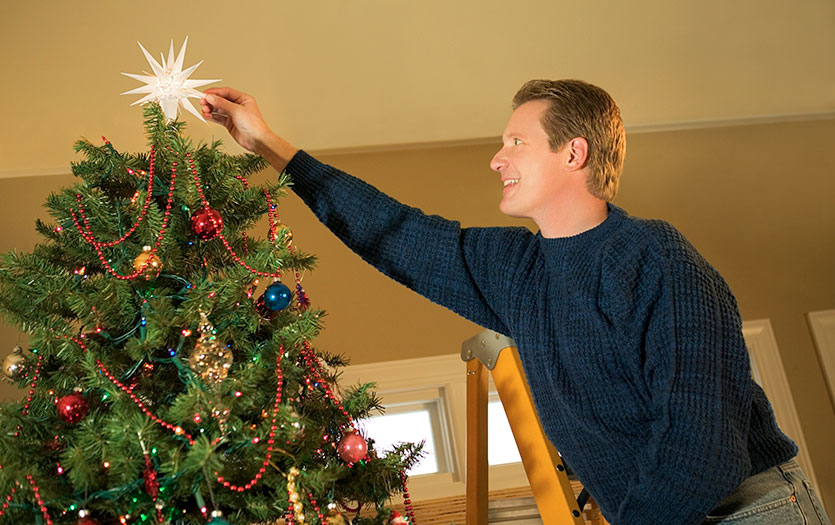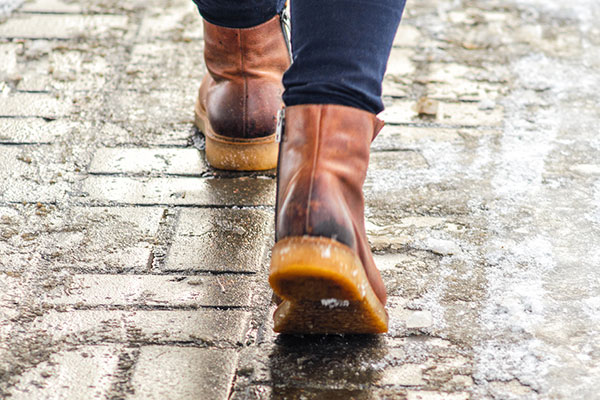.jpg)
Last week, we discussed the Parkview Fall Prevention Clinic and its proactive approach to identifying the cause of frequent falls to establish a comprehensive and unique treatment plan. Much of this preventative strategy stems from the concept of setting yourself or your loved one up with a safe living environment.
While not necessarily applicable to all patients, since each situation is unique, physical therapist, Anne Yaple, does offer these basic tips for minimizing household and environmental fall hazards.
6 steps for minimizing fall hazards in the home*
- Make clear pathways through all rooms of your home. Ask someone to help move furniture if needed. Pick up all objects from the floor.
- Pick up all loose rugs or use nonslip backing so rugs will not slip. Tape cords/wires next to wall to avoid tripping on them.
- Make sure all stairways/steps are well lit and have sturdy handrails. Fix any loose carpeting and boards on steps. Paint strip of contrasting color on forward edge of each step to see steps better.
- Place nonslip mats or strips in the bath tub/shower area to prevent slipping on wet surfaces. Have sturdy grab bars appropriately placed for support in and out of bath area.
- Avoid step stools and ladders. If you must have a step stool, get one with a bar to support yourself. Never stand on chairs or bar stools.
- Place bright lights beside your bed that can be easily reached before getting up from bed.
Home assessments are also available through the Fall Prevention Clinic program. Consultations along with this service allow the team of specialists, led by Dr. Fen-Lei Chang, MD, PhD, and Marianthi Hatzigeorgiou, program coordinator, Fall Prevention Clinic, Parkview Center on Aging and Health, to present very specific measures for patients. The goal is to encourage changing automatic mindsets to conscious and mindful ambulation.
It’s important for those going through the clinic to manage their time and expectations appropriately, and to put forth consistent and sustained effort. There is no magic pill to cure most neurological conditions, but a shift in focus toward assigned exercises and activities, and a genuine effort to be mindful can lead to high-quality, functional and fairly independent living.
Additional fall prevention tips from physical therapist Anne Yaple:
- Exercise regularly to maintain strength, balance and coordination.
- Check your vision yearly.
- Get up slowly after you have been sitting or lying down. Rise to full upright posture before moving forward.
- Wear non-slip, thin-soled shoes indoors and outdoors. Avoid loose or ill fitting shoes. Women should avoid shoes with elevated, narrow based heels.
- Avoid overly long bathrobes, skirts or trousers.
- Avoid dual tasking – walking and doing/thinking of other things at the same time. Be mindful of your walking movements and the direction of your intended destination.
Ask your physician if a referral to the Fall Prevention Clinic is appropriate for you.
* Please note that these tips are not tailored to an individual care plan and should be taken as a general guideline and great initial steps to be more aware of falls and surroundings. For a unique plan, contact your physician for a referral.



